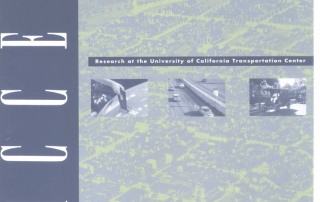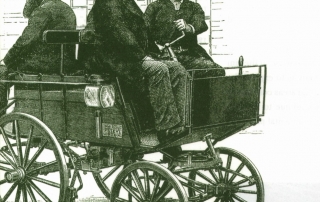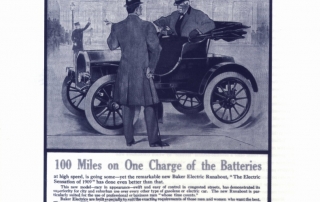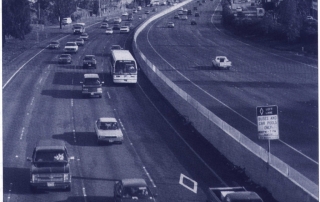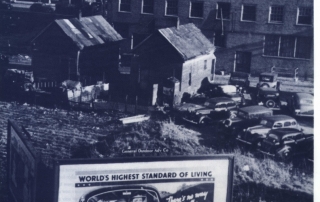ACCESS 06, Spring 1995
Introduction
Lydia Chen
We've previously dubbed this the century of the automobile, and to some degree it has been. It's also been the century of the telephone, the airplane, the movies, the radio, the high-rise office building, and a lot of other wonders. But among the technologies that have marked these 100 years, the automobile has surely been one of the most visible and most consequential.

